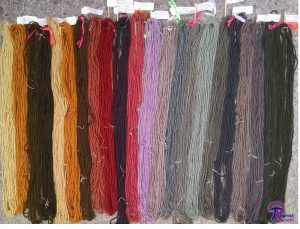Happy St. Patrick’s Day! To celebrate, I chose to discuss the Green Spored Lepiota, Chlorophyllum molybdites (I will return to morphological groups of agarics next week). Commonly known as the “Green Spored Lepiota,” the “Green-Gilled Lepiota,” the “False Parasol,” and various derivatives of those names, C. molybdites is the most common culprit in cases of mushroom poisoning in the United States. The large, attractive mushrooms frequently appear in lawns, making them prime candidates for consumption by people who aren’t familiar with mushrooms. Thankfully, the mushroom causes only gastrointestinal (GI) distress. People wishing to avoid this unpleasant experience can easily recognize C. molybdites thanks to its green spores.

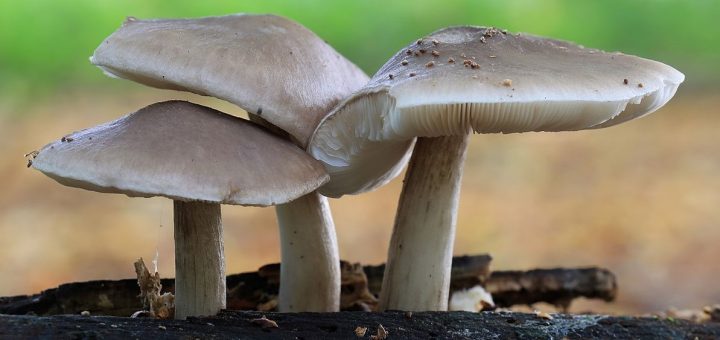
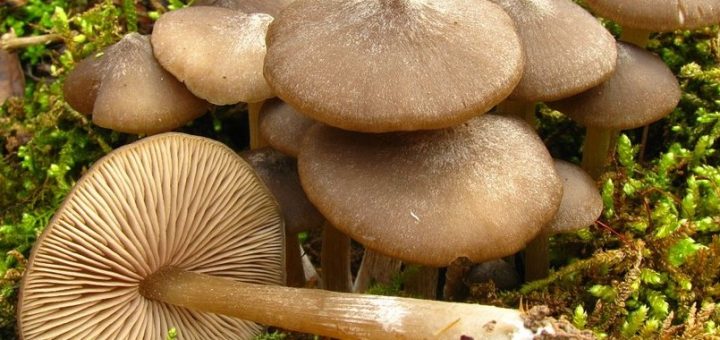

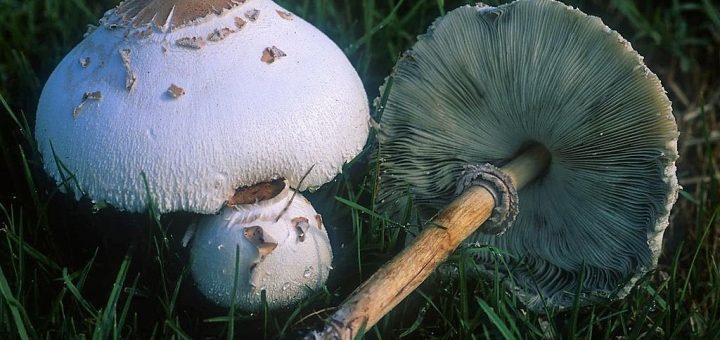
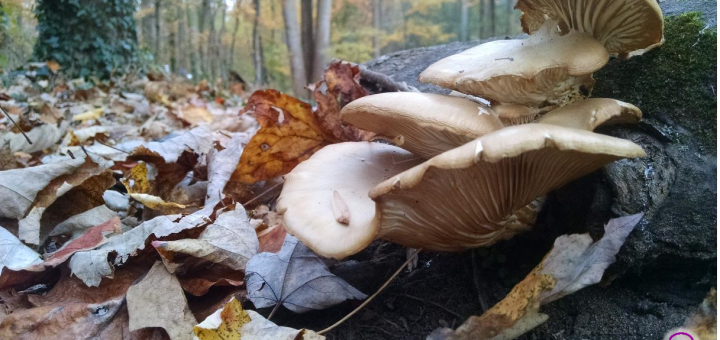
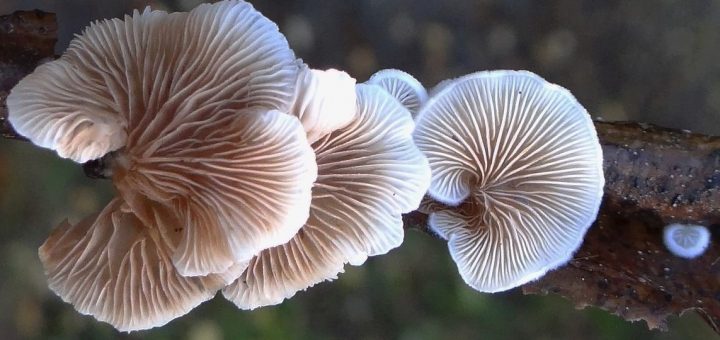
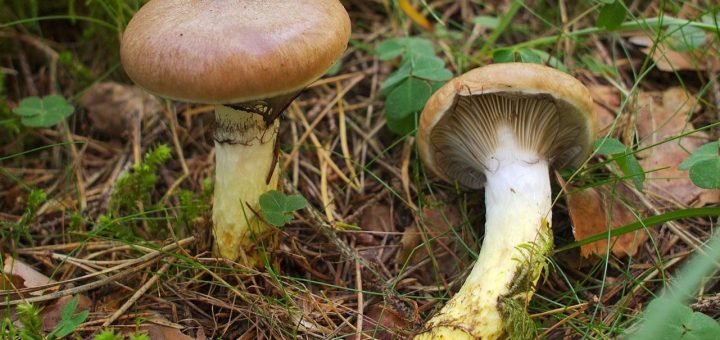
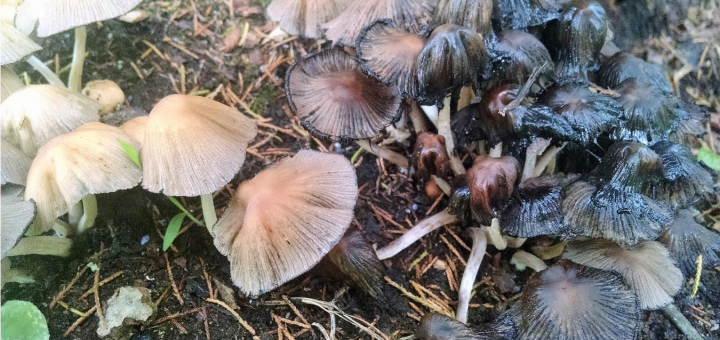
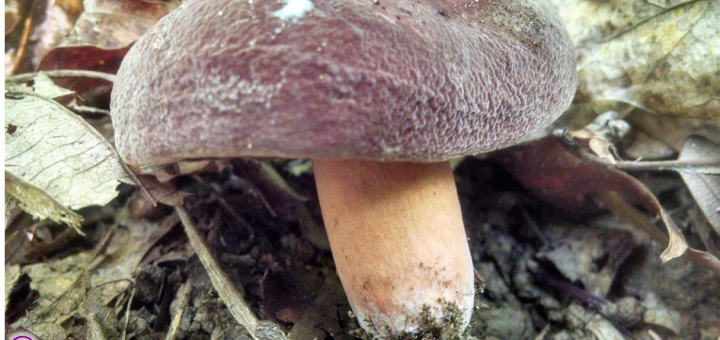
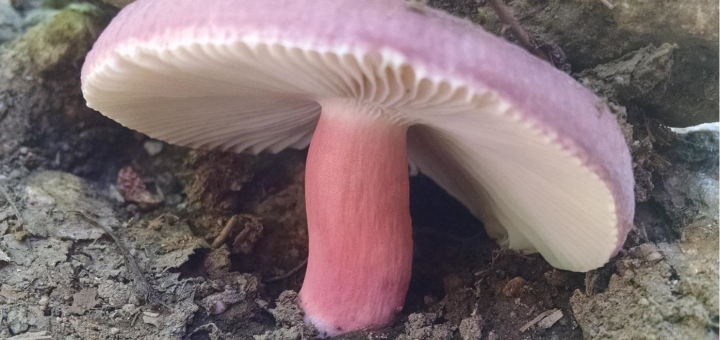





![#011: Characteristics of Kingdom Fungi [Archived]](https://www.fungusfactfriday.com/wp-content/themes/hueman/assets/front/img/thumb-small-empty.png)

